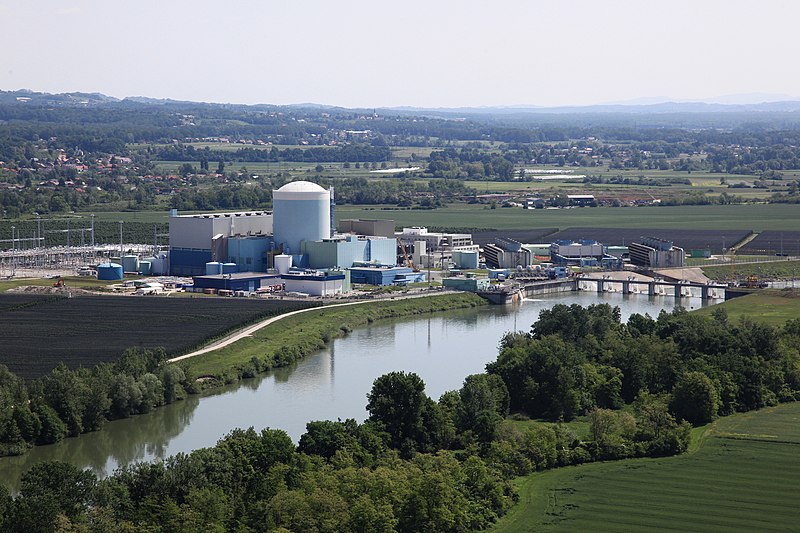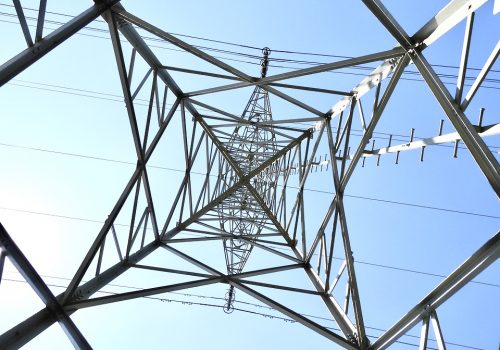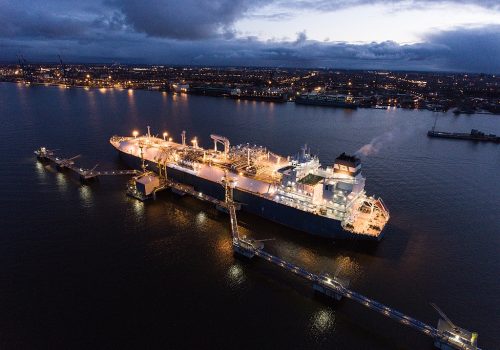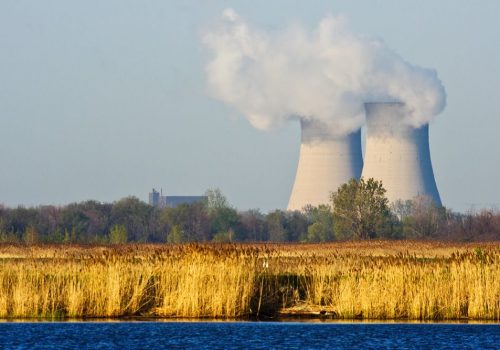This month, the US secretary of state, Mike Pompeo, outlined opportunities for closer cooperation between the United States and Slovenia as part of his weeklong trip to Central Europe. Nuclear energy was at the top of the agenda, as Slovenia’s national, economic, and political security are all closely tied to the country’s energy security. Slovenia is in the midst of shaping its nuclear energy strategy, and US engagement in these efforts will be mutually beneficial, since Slovenia—as a member of Euratom, which has a Section 123 agreement with the United States—has to adhere to US safety and nonproliferation standards as it continues to build its nuclear energy program. Nuclear energy development is crucial to Slovenia’s pursuit of energy security and achieving carbon neutrality by 2050. For Slovenia to fully realize its nuclear potential, the country must extend the life of its existing nuclear fleet and bring new nuclear power plants online, including traditional and advanced nuclear reactors.
It is important to note the role of nuclear energy in the Slovenian energy mix. Nuclear provides a significant portion of the country’s low-carbon energy, and Slovenia is ripe for future nuclear development, including advanced nuclear reactors. Roughly 24 percent of Slovenia’s energy supply currently comes from nuclear energy generated by the Krško nuclear power plant, which is jointly owned by Slovenia and Croatia. Slovenia and Croatia cooperate closely in the areas of energy, transport, and trade, despite unresolved border disputes, and most recently, disagreements over COVID-19 guidelines. Slovenia’s heavy reliance on oil and natural gas imports underscores the importance of clean and safe domestic nuclear energy generation. Because the Krško nuclear power plant will soon require a lifetime extension, new investment in nuclear energy will be necessary to strengthen the country’s energy security and reduce carbon emissions.
In addition to providing reliable and low-carbon baseload power, nuclear development presents a unique opportunity to create international ties with nuclear suppliers, as nuclear export agreements can result in diplomatic relationships that last for decades. Slovenia should build off of its valuable nuclear expertise and established international ties with governments and the private sector. The time to forge Slovenia’s nuclear energy strategy is now, as Slovenia and Croatia consider building a new nuclear power plant and work on extending the life of the Krško nuclear power plant by twenty years. The country’s low-carbon future and energy security will depend on the nuclear suppliers Slovenia selects to partner with for future nuclear development.
Multilateral cooperation and bilateral partnerships will be essential for nuclear investments in Slovenia, especially in the absence of European Union (EU)-wide nuclear strategy. It is up to the individual EU Member States to develop their nuclear strategies and secure partnerships for nuclear development initiatives. The United States and Slovenia are well-positioned for future cooperation, given that Slovenia’s existing Krško reactor is based on US technology and that the existing Section 123 agreement between the two countries will streamline export authorizations for US companies and cut down on approval time.
One way in which the United States can engage in nuclear development in Central and Eastern Europe (CEE), and specifically in Slovenia, is through the US Export-Import Bank, a federal agency that provides financing and guarantees for US businesses seeking to export. Additionally, the US International Development Finance Corporation (DFC) can be another avenue for supporting US nuclear energy investments in the region. The DFC has recently updated its Environmental and Social Policy and Procedures to allow for support of nuclear power projects. Slovenia is categorized as a “high-income” country by the World Bank, which technically makes it ineligible for DFC financing because of the DFC’s focus on projects in developing countries and emerging markets. However, in the beginning of 2020, Secretary Pompeo pledged $1 billion in financing through the DFC for energy infrastructure in CEE countries that are part of the Three Seas Initiative (3SI). The DFC will now be able to leverage $1 billion in financing products to partner with the private sector on developing nuclear projects in the CEE region.
Regional initiatives like the 3SI could be especially helpful in driving these efforts. The 3SI aims to catalyze rapid development and boost connectivity amongst twelve EU Member States located in the region stretching across the Baltic, Black, and Adriatic Seas, with a special focus on infrastructure, energy, and digital interconnectivity. Slovenia has been actively involved in the 3SI and hosted the 2019 3SI Summit in Ljubljana. The 3SI countries should include nuclear on their list of priority projects in order to take advantage of DFC financing.
Nuclear energy will be essential to meeting Slovenia’s climate neutrality goals and strengthening the country’s energy self-sufficiency. Increased US-Slovenia cooperation on nuclear development will bolster transatlantic ties and ensure safe and transparent nuclear plant operations. US Secretary of State Pompeo’s visit to Slovenia underscores the commitment of the United States to pursuing such collaboration.
Olga Khakova is the associate director for European energy security at the Atlantic Council Global Energy Center.
Learn more about the Global Energy Center

The Global Energy Center develops and promotes pragmatic and nonpartisan policy solutions designed to advance global energy security, enhance economic opportunity, and accelerate pathways to net-zero emissions.
Image: Krško Nuclear Power Plant in Vbrina, Slovenia (Katja143/Wikimedia Commons)



